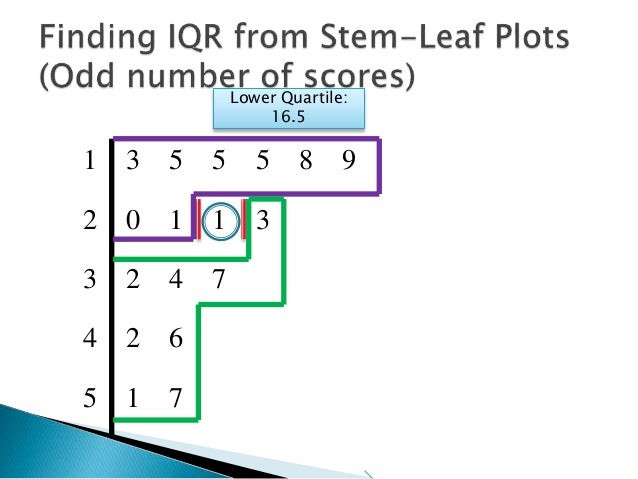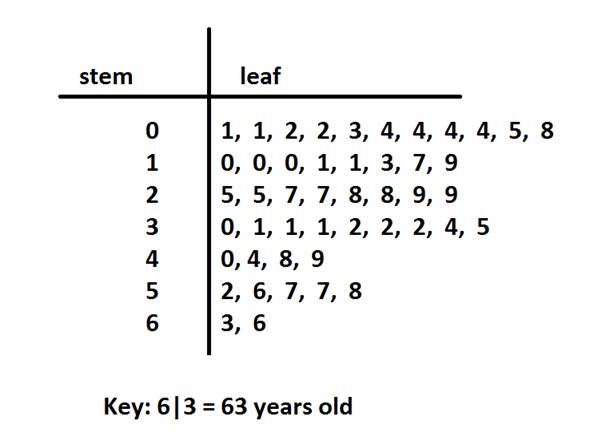
Whether these are outliers in the mathematical sense or outliers to be concerned about is another issue but for now we at least know they exist.
Outliers: It appears that there are some large values far from the other Sale_Price values. Depending on the analytic technique we may want to apply later on this suggests we will likely need to transform this variable. Asymmetry: Sale_Price is skewed right (a common issue with financial data). Measures of spread: Our Sale_Price ranges from near zero to over $700K. Measures of location: We can see the most common Sale_Price is around the low $100K. This histogram tells us several important features about our variable: To get a quick sense of how sales prices are distributed across the 2,930 properties in the ames data we can generate a simple histogram by applying ggplot’s geom_histogram function 1. Histograms quickly signal what the most common observations are for the variable being assessed (the higher the bar the more frequent those values are observed in the data) they also signal the shape (spread and symmetry) of your data by illustrating if the observed values cluster towards one end or the other of the distribution. Formulated by Karl Pearson, histograms display numeric values on the x-axis where the continuous variable is broken into intervals (aka bins) and the the y-axis represents the frequency of observations that fall into that bin. Histograms are often overlooked, yet they are a very efficient means for communicating these features of continuous variables. Features we are generally interested in include: There are several different plots that can effectively communicate the different features of continuous variables. Continuous VariablesĪ variable is continuous if it can take any of an infinite set of ordered values. Visually understanding the distribution allows us to describe many features of a variable. We also demonstrate some useful functions from a few other packages throughout the chapter.īefore moving on to more sophisticated visualizations that enable multidimensional investigation, it is important to be able to understand how an individual variable is distributed. We’ll use tidyverse to provide some basic data manipulation capabilities along with ggplot2 for plotting. We’ll illustrate the key ideas by primarily focusing on data from the AmesHousing package. Visualizing multivariate relationships & associations. Visualizing bi-variate relationships & associations. #Find outliers on a stem plot how to#
This tutorial will show you how to create plots that answer some of the fundamental questions we typically have of our data.ĭon’t have the time to scroll through the full tutorial? Skip directly to the section of interest: To do this, we typically create numerous plots in an interactive fashion. Regardless, visual data exploration is about investigating the characteristics of your data set. Other times, data exploration will be used to help guide the data cleaning, feature selection, and sampling process.

Often times no elaborate analysis is necessary as all the important conclusions required for a decision are evident from simple visual examination of the data.

When combined with descriptive statistics, visualization provides an effective way to identify summaries, structure, relationships, differences, and abnormalities in the data. Visual data exploration is a mandatory intial step whether or not more formal analysis follows. In this tutorial we focus on the use of visualization for initial data exploration. Visualization tasks can range from generating fundamental distribution plots to understanding the interplay of complex influential variables in machine learning algorithms. Data visualization is a critical tool in the data analysis process.






 0 kommentar(er)
0 kommentar(er)
